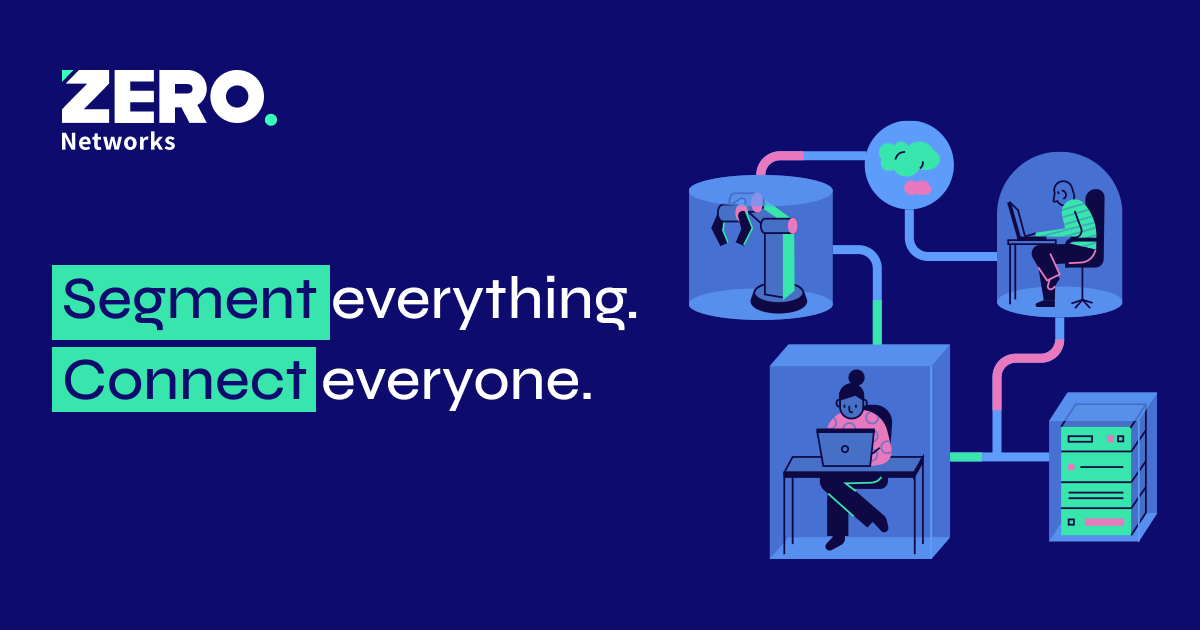8 Tips and Tricks For Better Results From Your AI Prompts
Artificial intelligence has become an invaluable tool for completing complex tasks and generating high-quality content. However, effectively utilizing AI requires an understanding of how to structure prompts and requests to get the best results.

This post will explore simple techniques you can use to dramatically improve the quality of output from your AI workflows. We'll cover tactics like asking an AI model to role-play a persona, using specific questioning words, requesting content at a target reading level, and more. With just a bit of tweaking, you can elicit more detailed, coherent responses tailored to your exact needs. Read on to unlock the full potential of your AI tools
Ask the AI Model to Role-Play a Persona
Using this in your Workflow will encourage the model to output a better description of complex topics by creating responses that reflect the persona’s knowledge and experience.Structure it as a prefix, used prior to your output request. (i.e. Imagine you are a copywriter with 20 years of experience. Please write a 500 word blog post about macro economics.)
Clearly define the persona with details like name, occupation, background, personality, skill set, etc (i.e. Imagine you are Dr Jones, a renowned astrophysicist with expertise in black holes and interstellar travel)
Set the context in which the role-play will take place. This will help the AI model understand how the person would respond (i.e. Imagine you are giving a lecture to college students on colonizing distant planets).
Ask questions that encourage the AI model to respond as the character (i.e. As Dr. Jones, explain the challenges humans might face when colonizing distant planets and how we can overcome them.)
Maintain the persona throughout the conversation, by continuing to address the AI model as that person (i.e. Dr Jones, what technological advancements will be necessary for humans to successfully establish colonies on other planets?).
Describe the Persona’s Manner
Including this after defining the persona will help you get a specific tone or personality in your output. (i.e. Your manner is professional, supportive, and helpful. You are also known for being kind, helpful, and concise.)
Use Questioning Words
The words who(m), what, when, where, and why guide the AI model in a certain direction and will elicit more specific, detailed, and useful responses.
Use "Who(m)" for questions about people or groups. "What" for objects, concepts, or events. "When" for time or chronology. "Where" for locations or places. "Why" for reasons, motivations, or causes.
Try combining them for longer content and additional specifics. For example, "When, where, and by whom was the Declaration of Independence signed?"
Use open-ended questions, which encourages the AI model to provide more detailed, thoughtful answers, rather than simple yes/no answers.
Ask For Output at a Specific Reading Level
This makes your content accessible to a wider audience, helping more people avoid struggling with complex vocabulary, jargon, or sentence structure.
AI remembers the context of a conversation. This means you don’t have to retype your starting question or request. Just treat it like a conversation and add it as a follow-up question or request. (i.e. Please rewrite that answer at a 9th grade reading level.).
Avoid a too complex (or simplistic) writing style to help maintain reader engagement. People are more likely to stay interested and will continue reading if they can easily comprehend the material.
By simplifying the language and focusing on clarity, you can convey a message more quickly and more reliably, reducing the likelihood of misunderstandings.
Pro Tip: Try “levels” other than 1st to 12th grade, like PhD or non-native English speaker.
Request a Step-By-Step Response
This tells the AI model that you're looking for a sequential, ordered list of steps. Again, these can be included as follow-up questions. But if you know what output you’re looking for when you start, use them in a single prompt.
Begin your prompt by explicitly asking for a step-by-step response or a list of steps. (i.e. Please provide a step-by-step guide on how to change a flat tire for a 2020 Ford Fusion).
Use numbers or bullets to emphasize the requested format of your response. (i.e. List the steps to change a flat tire using numbers).
Include any specific requirements for the response. (i.e. Please mention any necessary tools and safety precautions to take while changing a flat tire).
Avoid Jargon and AcronymsThis is another way to improve clarity, accessibility, and engagement. However, if your audience is familiar with them, or if their usage is necessary, add explanations or definitions.
Use Exclusions
If there are certain terms you don’t want included in the Workflow’s output, use “--no [excluded words or phrases]” and add your exclusions. The 2 hyphens and “no” tell the AI model you don’t want the words or phrases that follow in the output.
Crucially, Progress
If your Workflow’s output isn’t exactly what you wanted on the 1st attempt, clarify what you’re looking for. Use as much detail in your prompt as possible (it’s virtually impossible to provide too much), with straightforward language – like you would with a new employee or intern. Try new things. Test, tweak, redeploy.
A closing note
If your Workflow’s output isn’t exactly what you wanted on the 1st attempt, clarify what you’re looking for. Use as much detail in your prompt as possible (it’s virtually impossible to provide too much), with straightforward language – like you would with a new employee or intern. Try new things. Test, tweak, redeploy.
Related Articles
Join The GBI Impact Community
Sign up to make an impact and hear about our upcoming events
By registering anywhere on the site, you agree with our terms and privacy policy



